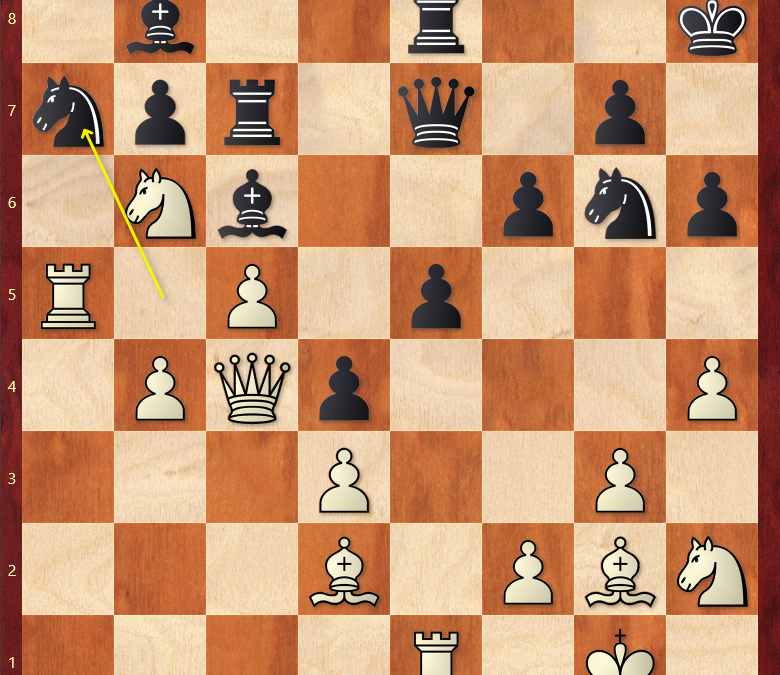The Bishop without an Opponent
A bishop without an opponent which contests the same colour squares can be a very powerful piece. Below, we explore its ability to exploit weak colour complexes.
How can white exploit a weak colour complex?
Weak colour complex
When one side has many pawns placed on the same colour square, the squares of the other colour may prove vulnerable, as they are denied protection by the pawns. This is often not a problem, as a bishop can act as a guardian of squares of a particular colour.
However, if this bishop has left the board or is particularly passive, these squares are often left without protection. We call these squares a weak colour complex.
Rubinstein gave a great example of exploiting the opponent’s weak squares of a particular colour in his game against Perlis at St Petersburg 1909.
Exchanging the defender
When the key bishop which guards the vulnerable colour complex is still on the board, it can be difficult to exploit these squares.
A common strategy, then, is to exchange off the key bishop. This leaves the opponent with a weak colour complex to exploit.
Bogoljubow demonstrated this concept clearly in his victory against Tartakower at New York 1924.
Another good example was given by Capablanca in his victory over Janowski at the same tournament.
The lesson is clear: the bishop without an opponent is often ready to exploit a weak colour complex, attacking many weak squares which can be difficult to defend.
For more resources to improve your game, remember to join the Elite Chess group at chesstribe.com!
If you have read this far, that means you’re interested in getting better at chess. You deserve to improve your chess skills. We want to help you do that. Click here to receive our FREE weekly newsletter: https://elitechess.co/shop/my-account/
If you’d like to show off your new skills over the board, consider taking part in our next tournament! It’s a fun event for players born in 2005 or later. You can sign up here.


Recent Comments